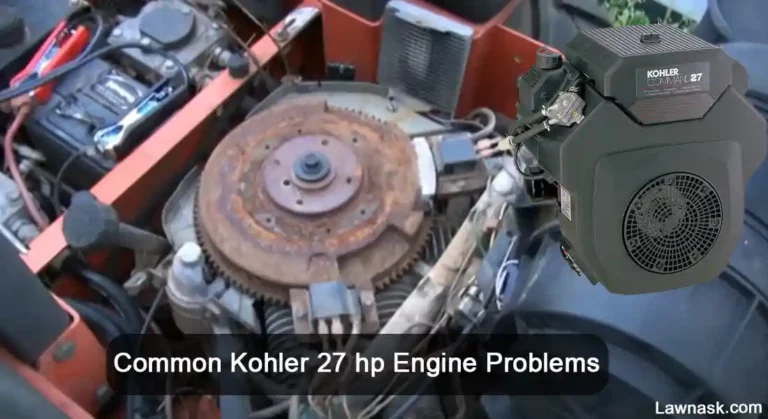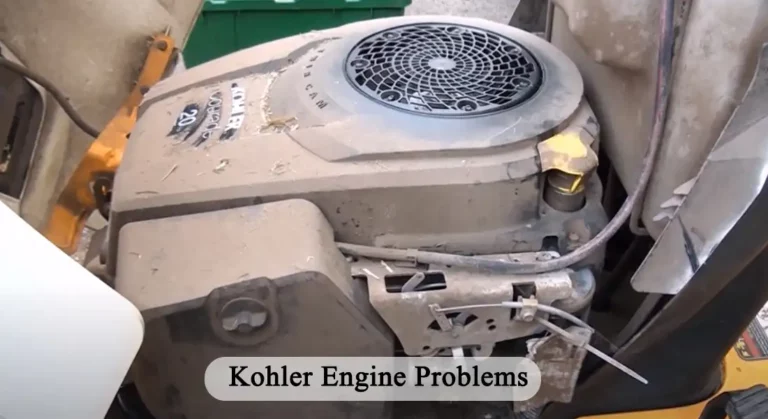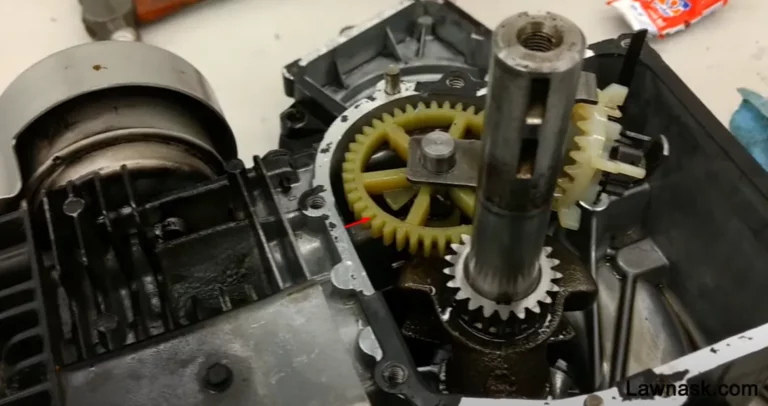Briggs and Stratton Gas Cap Problems: 5 Things to Fix
Briggs and Stratton is a well-known manufacturer of small engines and outdoor power equipment. Unfortunately, some of their products have been known to experience problems with the gas cap.
Over time, gas caps can become damaged or corroded, causing the cap to not seal properly and allowing fuel to evaporate or emit fumes. In addition, dirt and debris can enter the cap and interfere with the seal.
This article will describe the reasons for a faulty Briggs and Stratton gas cap, as well as how to repair it, along with other relevant information.
Do Briggs and Stratton have Gas Cap Problems?
Yes, Briggs and Stratton gas cap problems can occur. Common problems include improper installation of the cap (causing it to leak), a damaged or worn-out cap, or a damaged or clogged vent tube.
If the gas cap is not properly sealed, the engine will not be able to generate enough vacuum to start and could eventually cause fuel system damage.
Reasons Behind Briggs and Stratton Gas Cap Problems (Solutions Added)
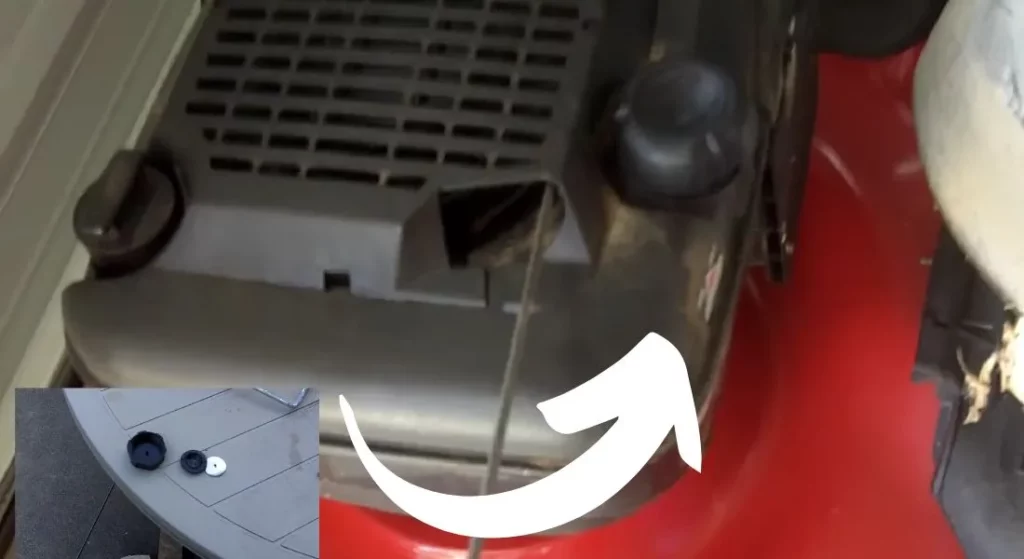
There are a few potential causes for Briggs and Stratton gas cap problems. These include:
1. Damaged Gas Cap
Many customers have reported that the gas cap has become damaged or broken over time. In some cases, the cap has been found to be cracked or the seal has been weakened and is no longer able to keep a tight seal on the fuel tank. This can lead to fuel leakage and can cause an engine to run hot or fail to start.
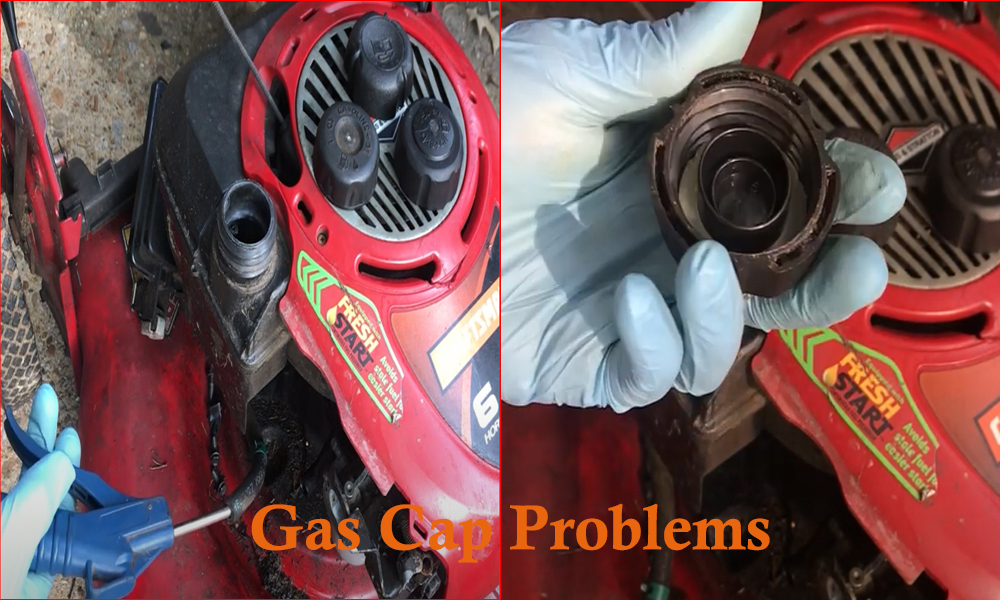
The Fix
Briggs and Stratton offers a range of replacement gas caps for their engines. You can find them online or at your local Briggs and Stratton dealer. It is important to ensure that you purchase the correct replacement cap for your engine model.
2. Improper Fitment of the Gas Cap
Briggs and Stratton gas caps have fitting problems. The main issue is that the gas cap does not fit tightly on the gasoline tank, causing fuel loss. Some consumers say the cap gets stuck and hard to remove.
The Fix
For a snug fit, Briggs & Stratton recommends a gasoline tank gasket. This gasket fits snugly between the gas cap and gasoline tank. WD-40 can also dislodge a stuck gas cap.
Briggs and Stratton advises testing gas cap and fuel tank gasket tightness regularly. To avoid fuel loss, replace a loose cap promptly. Check the gasoline tank gasket for wear and damage. Replace cracked or worn gaskets quickly.
3. Corrosion of the Gas Cap
Briggs and Stratton engines are known to suffer from corrosion of the gas cap. This is due to the fact that the gas cap is made of plastic and is exposed to the elements. Over time, the plastic can become weak and brittle, leading to cracks and leaks.
The Fix
To prevent this, Briggs and Stratton recommends regularly cleaning the gas cap and replacing it every year or two.
Additionally, Briggs and Stratton suggests using a fuel stabilizer additive to help protect the fuel system.
4. Damaged or Worn O-ring
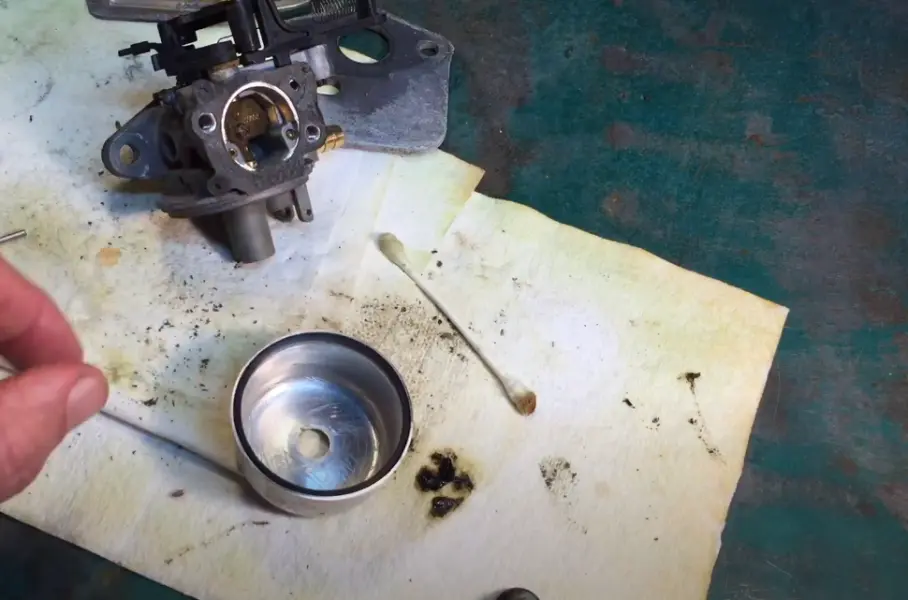
Briggs and Stratton has had some reports of gas cap problems due to a damaged or worn O-ring. If the O-ring is worn or damaged, then fuel vapors can escape, resulting in a fuel smell in the air and possible fuel leaks. This ring, is responsible for providing a seal between the gas cap and fuel tank.
The Fix
The O-ring must be replaced with an original one. They can be purchased at most hardware stores or online. Once the O-ring is replaced, the gas cap should be tested to ensure a proper seal and that fuel vapors are not leaking.
5. Clogged Vent Hole
The Briggs and Stratton gas cap can become clogged with dirt or debris, which can cause problems with the operation of the engine. If the gas cap vent hole is clogged, it can cause the engine to run rough or stall.
The Fix
To clean the vent hole, you should use a can of compressed air to blow out any debris that may be blocking the hole. If the clog is more severe, you may need to replace the gas cap to ensure that the vent hole is clear and functioning properly.
Related Post: Understanding the Briggs and Stratton Carburetor Diagram
What Size Gas Cap Do I Need for My Briggs & Stratton Engine?
The size of the gas cap you need for your Briggs & Stratton engine depends on the model of the engine. Generally, Briggs & Stratton engines are designed with either a standard 0.75-inch or a large 1.25-inch gas cap opening.
To determine the exact size of the gas cap you need for the engine, you will need to refer to the engine’s user manual or the Briggs & Stratton website. Once you know the model of the engine, you can find the proper size of the gas cap in the user manual.
If you cannot find the size in the manual, you can contact the Briggs & Stratton customer service department for assistance. Additionally, you can use the website to locate parts for your engine, including the size of the gas cap. If you have the part number of the cap, you can enter it into the website’s search engine to get the exact size.
How Do I Know If My Briggs & Stratton Gas Cap Is Vented?
To determine if your Briggs & Stratton gas cap is vented, look for a small hole or slots on the underside of the cap. These small openings are designed to release fuel vapor and allow air to enter the tank, which helps prevent fuel from boiling and overflowing. If the gas cap has no openings, it is not vented and should be replaced with a vented cap.
Additionally, you can look for “Vented” stamped on the underside of the cap. If the cap does not have this stamp, it is likely not vented. It is important to use a vented cap with your Briggs & Stratton engine, as a non-vented cap can cause fuel to boil and evaporate, leading to starting issues and poor engine performance.
How Do I Install A Briggs & Stratton Gas Cap?
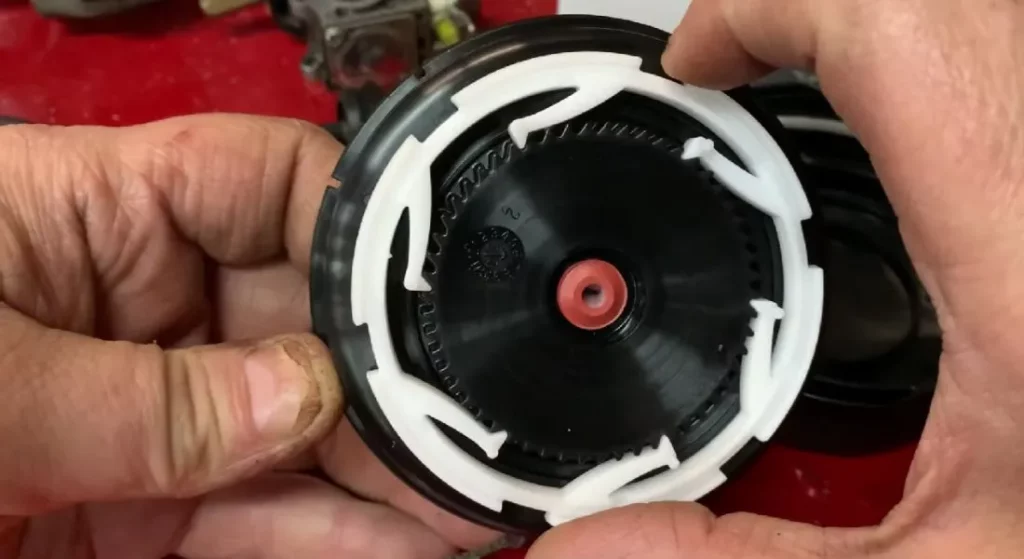
The installation of a Briggs & Stratton gas cap is fairly straightforward. Look at the following steps:
- Begin by unscrewing the old gas cap and discarding it.
- Next, locate the gas cap filler tube on the fuel tank and make sure it is clean and free of debris.
- Place the new gas cap over the filler tube and push down firmly until it is in place.
- Make sure the cap is secured tightly and not loose or wobbly. Turn the cap clockwise until it will not turn any further. This ensures the cap is properly sealed.
- Finally, check that the cap is not leaking fuel. If it is, then tighten the cap further until the leak stops.
Briggs And Stratton Gas Cap Problems: How Often Should I Replace My Briggs & Stratton Gas Cap?
Briggs & Stratton recommends replacing the gas cap on your engine every two years or after about 200 hours of use, whichever comes first.
A worn or damaged gas cap can cause air to enter the tank and fuel to leak out, resulting in poor engine performance.
It’s also important to make sure the gas cap seals properly and is in good condition, as this will help improve engine power and fuel efficiency.
Frequently Asked Questions (FAQs)
How can I tell if I have a gas cap problem?
If your engine runs rough or fails to start, it may be a sign of a gas cap problem. You can also check the gas cap for signs of damage or looseness.
What should I do if my gas cap won’t tighten?
If the gas cap won’t tighten, it may be due to a faulty seal or a cracked or damaged cap. You may need to replace the cap in order to fix the issue.
What should I do if my Briggs and Stratton gas cap is not working properly?
If you are having trouble with your Briggs and Stratton gas cap, you may need to replace it with a new one. If the cap is not sealing properly, you can try cleaning it with a solvent before replacing it.
How often should I check the O-ring on my Briggs and Stratton gas cap?
You should check the O-ring on your Briggs and Stratton gas cap every few months to ensure it is in good condition.
Related Posts:


